Tile 2020
Highly deformable, quick-setting, lightened cementitious adhesive for tiles, porcelain stoneware, stones and large marble.
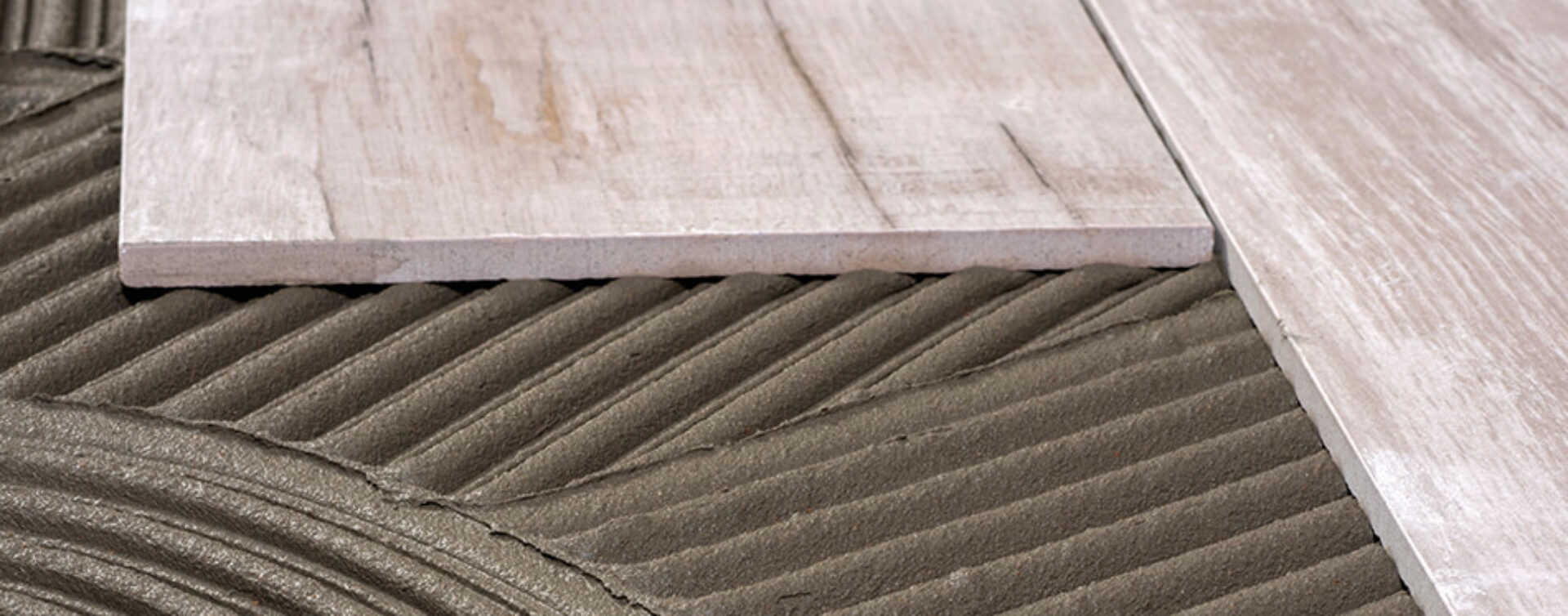
Highly deformable, quick-setting, lightened cementitious adhesive for tiles, porcelain stoneware, stones and large marble.
Variations
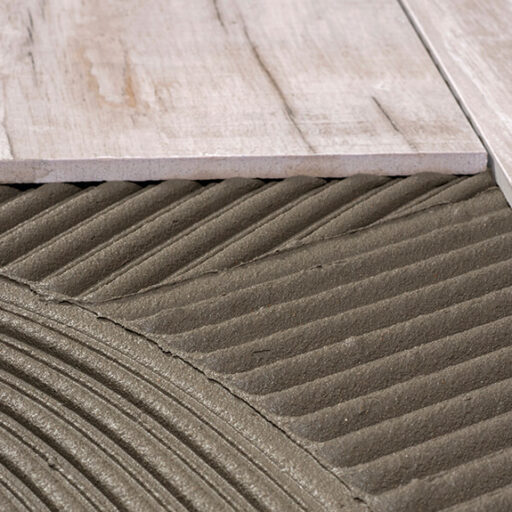
Application areas
Discover more
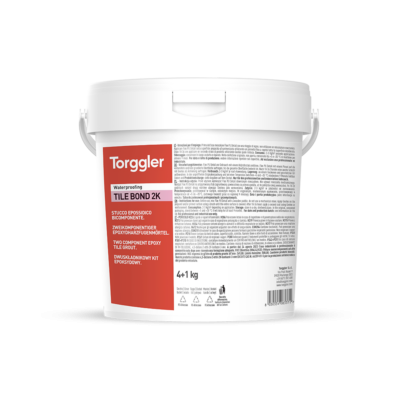
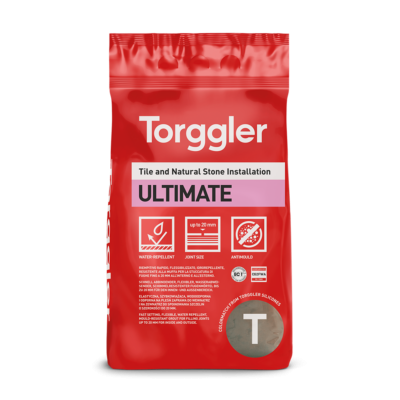
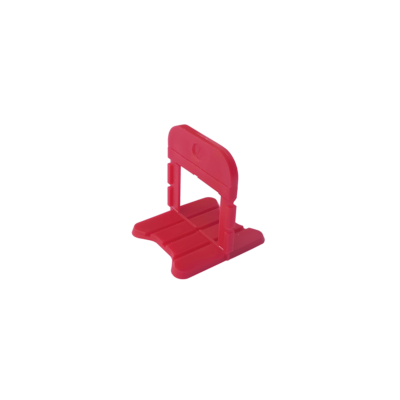
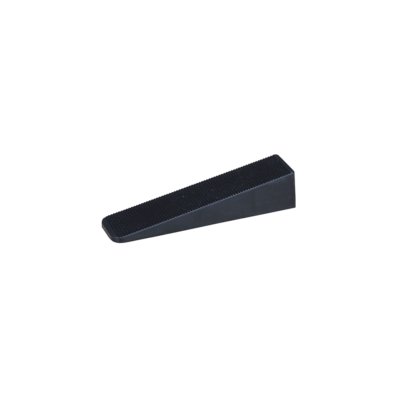
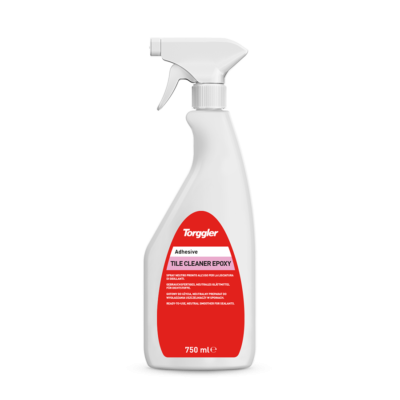
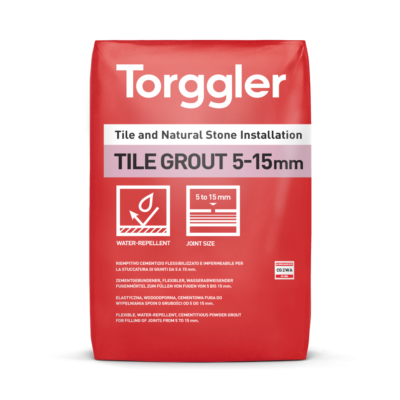
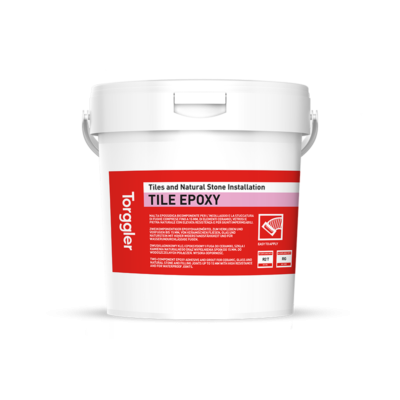
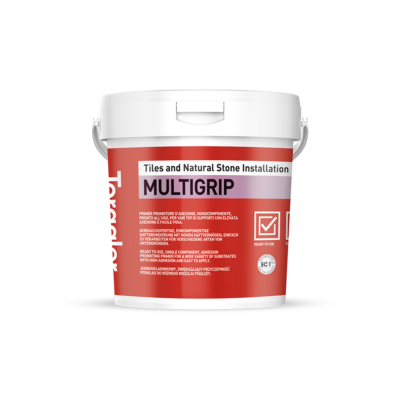
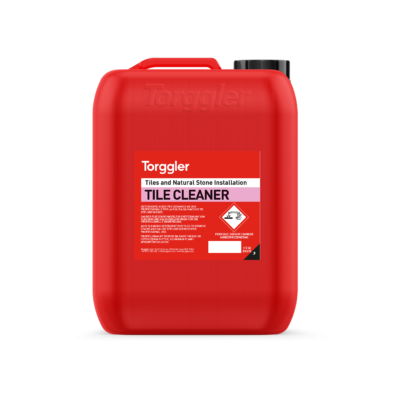
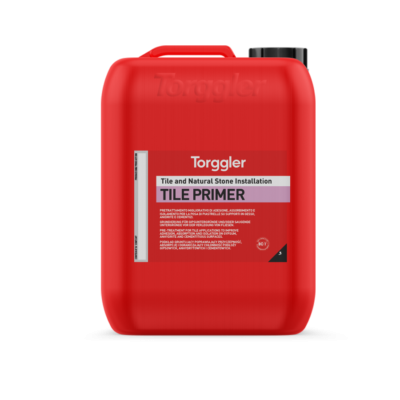
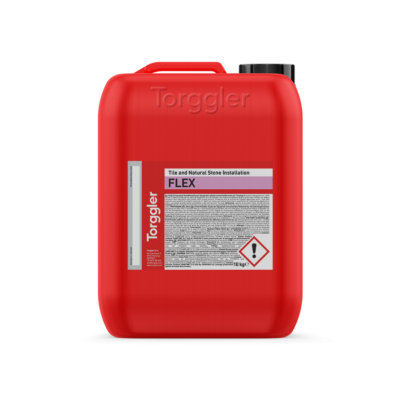
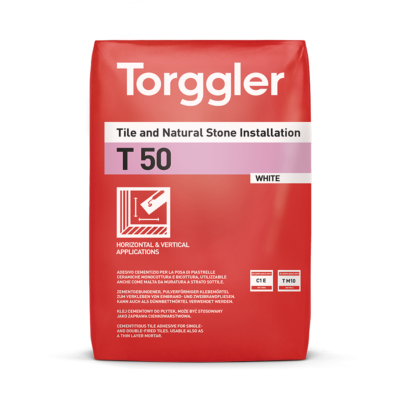
Tile 2020 is a powder-based cementitious adhesive, available in white and grey, made from special high-strength cements with fast setting and hardening, selected aggregates, a high percentage of synthetic resins, and specific additives. It is specially formulated for the installation of large and very large porcelain stoneware and glazed tiles, as well as for the installation of ceramic tiles of all types and sizes and natural stones of all types and sizes, as long as they are not subject to efflorescence, staining, or deformation. It is also suitable for applications on substrates with some movement. When mixed with water, it forms a highly workable adhesive with excellent flexibility and adhesion to all types of substrates, including old ceramic floors and coverings. The extended open time ensures secure installation even in hot and ventilated climates. The high deformability of the hardened adhesive allows it to absorb substrate movements, making it suitable for bonding floors subjected to heavy stresses. It is resistant to freeze-thaw cycles. Tile 2020 is classified as a C2 FE S2 cement adhesive according to EN 12004 standards. The product is certified EC 1 Plus by the GEV organization for very low emissions of volatile organic compounds.
Preparation for Application
The substrates must be sufficiently dry, resistant, solid, and level, free from oils and greases, dust, friable material, and general dirt, and without any paint residues. They must also be adequately cured and free from significant shrinkage. Typically, traditional cementitious screeds with normal setting and hardening should be cured for at least 28 days; cementitious plaster or mortar-based plasters should dry for at least 14 days. Large imperfections and surface irregularities such as unevenness, cavities, or gravel nests, if deeper than 20 mm, must be leveled with self-leveling compounds like Livellina 5-30 or wall mortars like Multimix Evo, Rinnova, or Restauro. Particularly porous and friable substrates, as well as those with very low mechanical resistance and easily scratched, must be pre-treated with Tile Primer.
Product Preparation
Mix Tile 2020 with 33-36% clean water (equivalent to 4.95-5.4 liters per 15 kg bag) as follows: In a suitable container, pour almost all the required water, then slowly add the powder while simultaneously mixing the forming paste using a low-speed drill with an appropriate mixing paddle. Once all the powder is added, pour in the remaining water and mix until the paste is homogeneous and free of lumps, paying particular attention to removing any unmixed material from the walls and bottom of the container. Let it rest for about 5 minutes, then briefly remix. The adhesive remains workable in the mixing container for about 40 minutes under normal conditions (at 20°C); higher temperatures shorten the working time, while lower temperatures lengthen it.
Application Instructions
In the case of direct sunlight exposure, resulting in high substrate temperatures, it is recommended to moisten the substrate with a sponge to cool it down, without leaving any surface water. Apply the adhesive using an appropriate notched trowel, with the notch size depending on the type and size of the tiles to be bonded, ensuring total coverage of the tile backs. For better adhesion, it is recommended to first spread a thin and uniform layer of adhesive on the substrate using the smooth side of the notched trowel, and then immediately apply a second layer with the desired thickness using the notched side. Apply the tiles by pressing firmly and giving them a slight translational movement. When bonding tiles with a marked profiling on the back, for outdoor applications (especially in areas subject to high thermal variations or freeze-thaw cycles), for use on heated floors, floors subjected to heavy stresses, in pools, and for the installation of medium and large-format tiles (over 33×33 cm), it is necessary to use the “buttering-floating” technique: the mixed adhesive is spread with the notched trowel on the substrate and then applied with a trowel to the back of the tile, scraping to the level of the reliefs. This method ensures, provided the amount of adhesive spread is sufficient, a full adhesive-tile contact across the entire bonding surface (a key condition for installing floors and coverings exposed to freeze-thaw cycles and significant water stresses). Tile installation should only occur within the time frame when the spread adhesive is still fresh and tacky, i.e., it has not yet formed a skin on the surface. This time frame is called the “open time” of the adhesive, and it depends on environmental conditions. The open time of Tile 2020 is greater than 30 minutes at 23°C and 50% relative humidity. High temperatures, direct sunlight, strong ventilation, and highly porous and absorbent substrates may significantly reduce the open time, while low temperatures, high ambient humidity, and non-absorptive substrates favor a longer open time. If the open time has passed and the spread adhesive has formed a surface skin, it is necessary to re-scrape with the notched trowel to break the skin and “refresh” it. Do not wet the surface as it would form a non-adhesive water film, preventing tile adhesion and irreversibly compromising the installation. Tiles should generally not be wetted before installation; only in the case of dusty tile backs is a brief immersion in clean water recommended. For gypsum or anhydrite substrates, a pre-treatment with Tile Primer is absolutely necessary.
Tile 2020 should be stored in a dry and protected environment. In unopened original bags, it remains stable for at least 12 months. It is sensitive to moisture.
| Color | Code | Packaging | Packaging size | Pallet | Barcode |
|---|---|---|---|---|---|
| White | 5452 | bag | 15kg |
50 bags
|
|
| Grey | 5453 | bag | 15kg |
50 bags
|
| PRODUCT POWDER DETERMINATIONS | WHITE | GRAY |
| Powder consistency | powder | powder |
| Apparent bulk density | 0,9 kg/liter | 0,9 kg/liter |
| Granulometry | 0-0,4 mm | 0-0,4 mm |
| FRESH MIX DETERMINATIONS | WHITE | GRAY |
| Mixing water | 33-36 % (4,95-5,4 liters per 15 kg bag) | 33-36 % (4,95-5,4 liters per 15 kg bag) |
| Bulk density of the mixture | 1,200 kg/liter | 1,200 kg/liter |
| Consistency of the mixture | Creamy | Creamy |
| Workability time of the mixture (at 23°C) | ca. 40 minutes | ca. 40 minutes |
| Open time (sec. EN 1346) | > 30 minutes | > 30 minutes |
| Setting time: start of setting (sec. DIN 18156 part 2) | 15 minutes | 15 minutes |
| Setting times: start of setting | 90 minutes | 90 minutes |
| Setting time: end of setting | 105 minutes | 90 minutes |
| Application temperature | from +5 °C to +30 °C | from +5 °C to +30 °C |
| HARDENED PRODUCT DETERMINATIONS | WHITE | GRAY |
| Adhesion by traction (sec. EN 1348): early adhesion (after 6 hours) | >0,6 N/mm2 | >0,8 N/mm2 |
| Adhesion by traction (sec. EN 1348): early adhesion (after 24 hours) | >1,3 N/mm2 | >1,4 N/mm2 |
| Adhesion by traction (sec. EN 1348): initial adhesion | >2,5 N/mm2 | >3,6 N/mm2 |
| Adhesion by traction (sec. EN 1348): adhesion after immersion in water | >1,1 N/mm2 | >1,1 N/mm2 |
| Adhesion by traction (sec. EN 1348): adhesion after heat exposure | >2,7 N/mm2 | >3,9 N/mm2 |
| Adhesion by traction (sec. EN 1348): adhesion after freeze-thaw cycles | >1,1 N/mm2 | >1,1 N/mm2 |
| Transversal deformation (sec. EN 12002) | 5,1 mm | 5,4 mm |
| Joint filling: on walls | 3 hours | 3 hours |
| Joint filling: on floors | 3 hours | 3 hours |
| Walkability | 3 hours | 3 hours |
| Final hardening | 24 hours | 24 hours |
| Operating temperature | from -30°C to +90°C | from -30°C to +90°C |
| Consumption | 0.84 kg/m² per mm thickness – From 1.5 to 3.5 kg/m² | 0.84 kg/m² per mm thickness – From 1.5 to 3.5 kg/m² |
| Maximum thickness achievable | 10 mm | 10 mm |
| Classification according to EN 12004 | C2 FE S2 | C2 FE S2 |
| Storage | 12 months in a dry and protected environment | 12 months in a dry and protected environment |
The consumption can vary from 1.5 to 3.5 kg/m². It depends on the type of tiles, the characteristics of the substrate, and the installation method. Indicatively, if the substrate has been well prepared and leveled, for mosaic tiles and small-format tiles (up to about 30 x 30 cm), the consumption is around 1.5 kg/m², while for medium and large-format tiles, with marked profiling and for outdoor applications (using the “buttering-floating” technique), the consumption is around 3.5 kg/m².
Contact our team for personalized support and product guidance.